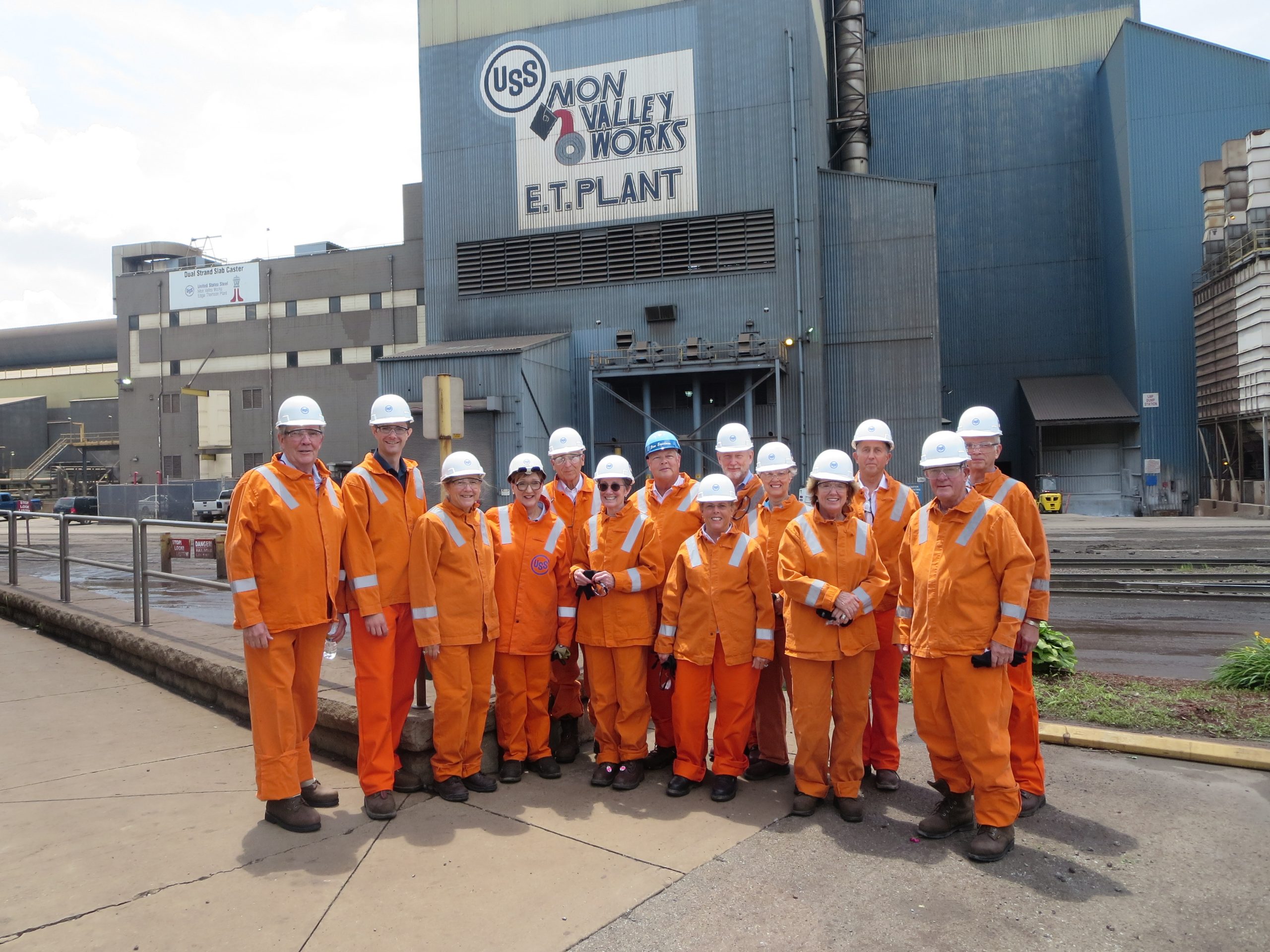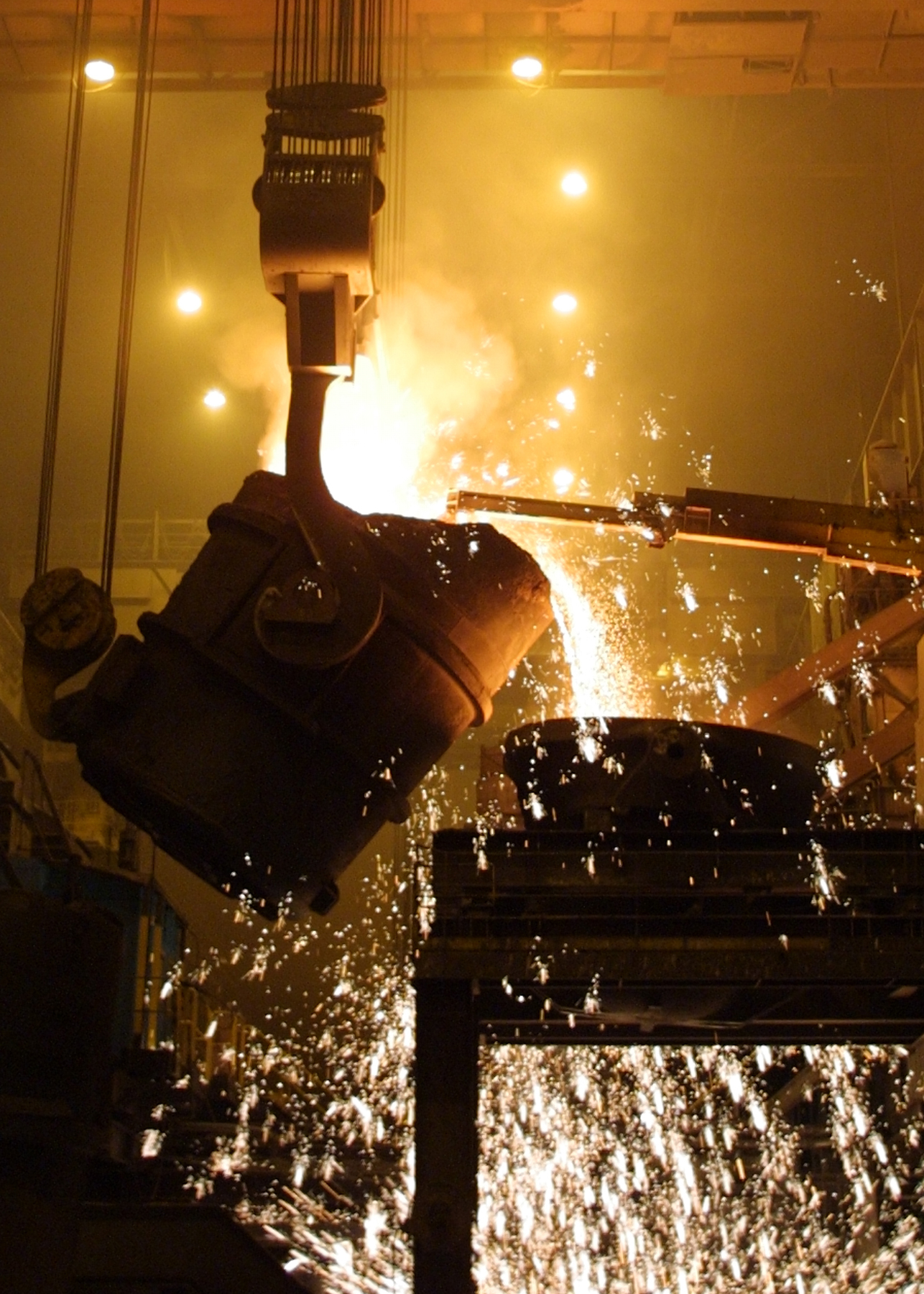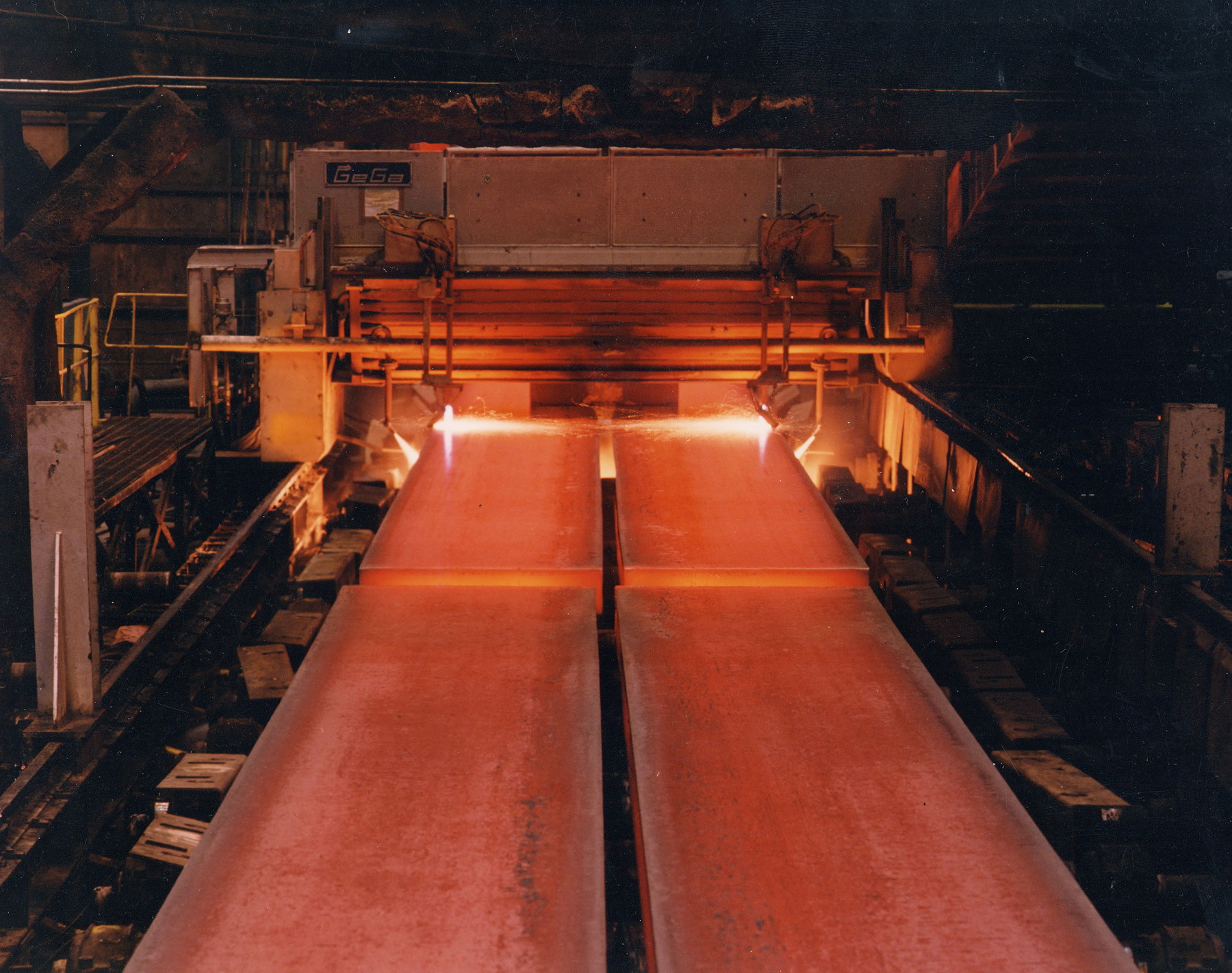
The Carnegie Hero Fund Commission has long benefited from a relationship with the United States Steel Corporation, the largest integrated steel producer headquartered in the U.S. Both entities share in the Andrew Carnegie legacy, the steel company having been formed with the 1901 sale of Carnegie’s steel business to J.P. Morgan in what was the largest business enterprise ever launched, and the Hero Fund established three years later with some of the $480 million in proceeds from the sale.
From early on and for most of its existence, the Hero Fund was the beneficiary of office supplies from its downtown Pittsburgh neighbor, and in 2002, in an acknowledgement of the relationship, the Hero Fund looked to U. S. Steel to fill an opening on its board. Dan D. Sandman, then the vice chair of U. S. Steel and its secretary and chief general counsel, joined the Commission at that time and subsequently became its treasurer in addition to his duties on the Hero Fund’s executive and finance committees.
It was to Sandman that the Commission turned when the idea of a tour of U. S. Steel’s manufacturing facilities in the Pittsburgh area was broached at a board meeting. The tour was arranged by Sandman, and nine of the Hero Fund’s board, plus guests, participated in the June 26, 2015 event. For at least one board member, Linda T. Hills of Littleton, Colo., the tour was a dream come true; Hills is the great-granddaughter of Andrew Carnegie and his wife, Louise. She was accompanied by her son Scott, one of the “great-greats.”
“We always felt proud to be connected” to Carnegie, Hills said. “For me personally to experience the dynamic nature of the industry to which my own history is so personally and intimately tied, was a lifetime dream.”
To be sure, U. S. Steel pulled all stops to accommodate its visitors, first by bussing them the 10 miles from Pittsburgh to Braddock, Pa., where basic steel production takes place at the company’s Mon Valley Works. The works comprises four separate facilities, with three of them—the Clairton plant (cokemaking), the Edgar Thomson plant (steelmaking operations), and the Irvin plant (finishing) —located in the Monongahela River Valley. The “E.T.” plant, constructed in the early 1870’s by Carnegie and his partners, was named after the president of the Pennsylvania Railroad, J. Edgar Thomson. Carnegie biographer David Nasaw (Andrew Carnegie, The Penguin Press, 2006), writes that “the name would provide the works—and the rails it produced—with an instant reputation for reliability.”

It was at the E.T. plant where the Hero Fund tour group was greeted by the Mon Valley Works’ general manager, Amy Smith-Yoder. Though not new to the company, having joined in 2001 as a senior quality assurance engineer, Smith-Yoder was only 26 days on the job in her current capacity. She previously held management positions at U. S. Steel facilities in Indiana and was manager of the Irvin plant when she hosted another “tourist,” President Barack Obama, in early 2014.
Smith-Yoder’s enthusiasm and commitment to the company’s processes, product, and people were virtually palpable, starting with an introductory film over lunch, a safety briefing that included fitting her guests with head-to-toe protective gear, and a running commentary throughout the two hours spent in the depths of the mill. Pours from the facility’s two blast furnaces, where raw materials are combined to produce liquid iron, were observed, as was the transfer of the iron to the facility’s two top-blown basic oxygen process (BOP) vessels, where it is refined to create steel. The product then emerges in slab form from the plant’s dual-strand continuous caster. Steel slabs from the facility are sent by rail to the nearby Irvin plant, where they are rolled into sheet products that serve customers in the appliance, automotive, metal building, and home construction industries. The Mon Valley Works has an annual raw steel production capability of 2.9 million net tons.
Each step along the tour was described in detail by department managers, all of whom were knowledgeable and accommodating, and each of whom was obviously proud of his or her role. The whole experience left Hills with goose bumps as she found herself embraced by the full experience of the physical nature of steel manufacture. “It is a very sensual experience,” she said. “The sights, the sounds, the smell, and the feel of this material as it transforms from a raw state into a highly versatile and useful commodity. We came to appreciate the many intricacies of steel manufacture in those few hours.”
In reply, Smith-Yoder said, “I honestly don’t know who had more fun…all of you or all of us. We love what we do and take great pride in working for the iconic company Andrew Carnegie built for us.”

Though more than a century beyond Carnegie’s control, the E.T. operation still bears his influence. Two years ago, the corporation adopted a business model called “The Carnegie Way” to enhance its competitiveness. “Through a disciplined approach,” wrote Mario Longhi, U. S. Steel’s president and chief executive officer in the corporation’s 2013 annual report, “we are working to strengthen our balance sheet, with more intense focus on cash flow, and have launched a series of initiatives that we believe will enable us to add value, get leaner faster, right-size, and improve our performance across our core business process capabilities.
“Our starting point for leading and managing The Carnegie Way is our company’s long-held commitment to operating in a highly principled and ethical manner. Cultivating a culture built on solid core values and ethical conduct is as critical to the current and future success of our company as it was to Andrew Carnegie’s ventures in the late 1800s.”
Return to imPULSE index.
See PDF of this issue.

